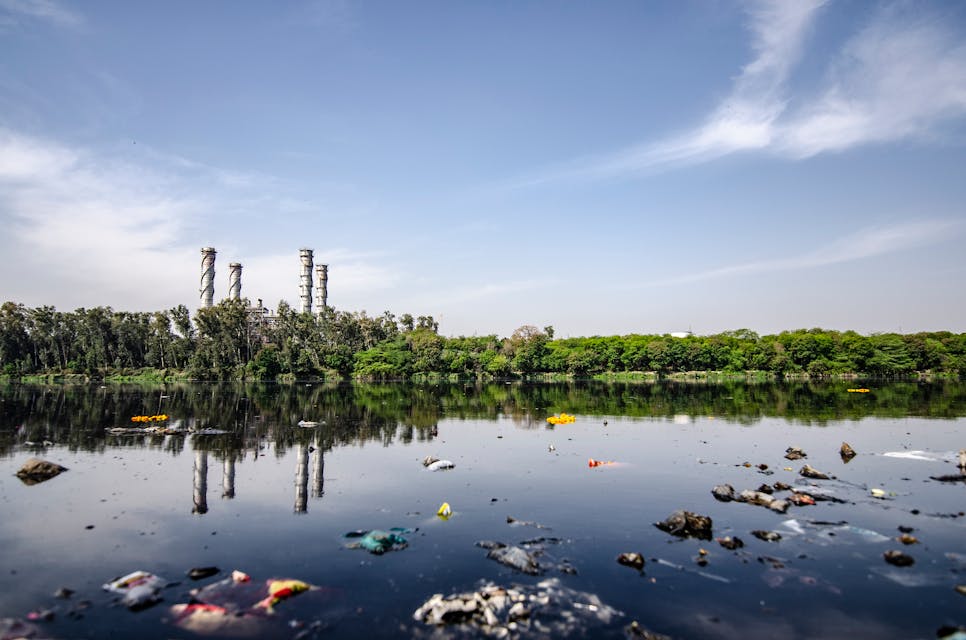6 Ways to Discover Delhi’s Colonial Past

Delhi, the capital city of India, is not only known for its rich history and cultural heritage but also for its colonial past. The city was under British rule for nearly 200 years, and traces of that era can still be found in its architecture, institutions, and lifestyle. If you’re interested in exploring Delhi’s colonial past, here are 6 ways to do so.
1. Visit the India Gate
India Gate is a prominent landmark in Delhi that commemorates the soldiers who lost their lives during World War I. It was designed by Sir Edwin Lutyens, the architect behind New Delhi’s colonial architecture. Take a leisurely stroll around the monument, read the names of the fallen soldiers, and soak in the colonial-era ambiance.

2. Explore Connaught Place
Connaught Place, also known as CP, is a bustling commercial and cultural hub in Delhi. Built during the British Raj, it is a perfect blend of Victorian and Georgian architectural styles. Take a walk around the circular market, visit the iconic Regal Cinema, and enjoy a cup of tea at one of the many heritage cafes in the area.
3. Wander through the Lutyens’ Delhi
Lutyens’ Delhi, named after the aforementioned architect, is a well-planned area in the heart of the city. It is home to several colonial-era government buildings, including the Rashtrapati Bhavan (President’s House) and the Parliament House. Take a guided tour to explore the grandeur of these buildings and learn about their historical significance.
4. Visit the National Museum
The National Museum in Delhi houses a vast collection of artifacts that showcase India’s history, including its colonial past. Explore the galleries dedicated to the British period, which display paintings, photographs, and other memorabilia from that era. It’s a great way to understand the impact of colonialism on Indian society.
5. Discover the Viceregal Lodge
The Viceregal Lodge, now known as Rashtrapati Niwas, served as the official residence of the Viceroy of India during the British rule. Located in the beautiful surroundings of the Shimla hills, it offers a glimpse into the luxurious lifestyle of the colonial rulers. Take a guided tour to explore the opulent interiors and learn about the history of the place.
6. Take a Heritage Walk in Old Delhi
While Old Delhi is known for its Mughal-era architecture, it also has pockets of colonial influence. Join a heritage walk in areas like Chandni Chowk and Ballimaran to discover colonial-era havelis (mansions), churches, and markets. Learn about the British influence on the city’s trade, education, and administration from knowledgeable guides.
🏰🚶♂️🇮🇳
Delhi’s colonial past is an integral part of its history, and exploring it can provide a deeper understanding of the city’s evolution. From grand monuments to hidden corners, there are plenty of ways to discover Delhi’s colonial heritage. So, put on your walking shoes, grab a guidebook, and embark on a journey through time in the capital city of India.

